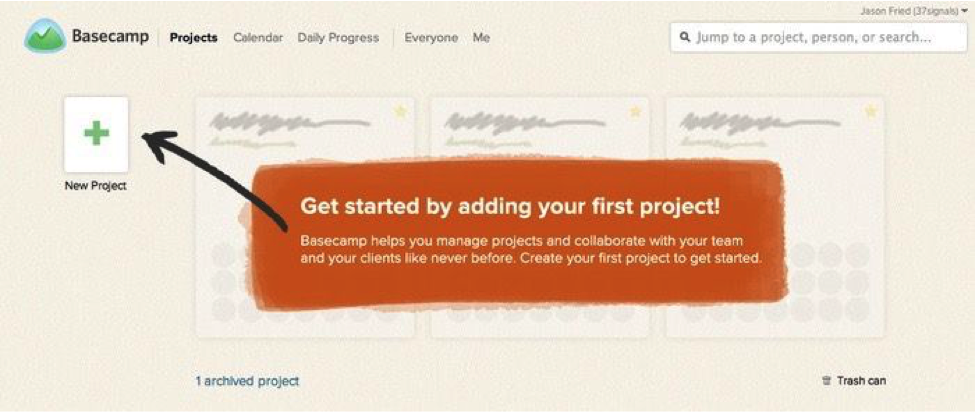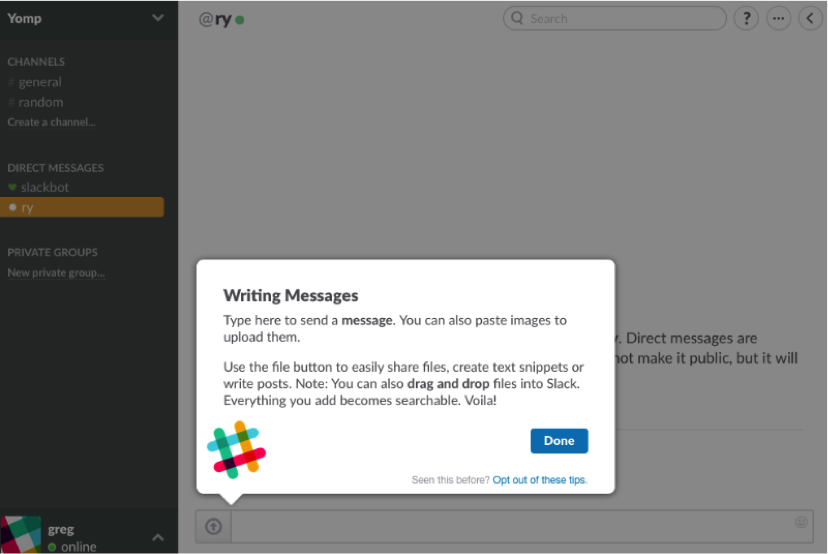Keen to know more
about our Full Service?
Our world class qualitative user testing can help explain the why behind your data and give you the answers to your burning questions.
Onboarding your users is just as important as getting them to download your app or digital product in the first place. Getting users to sign up or learn how to use your product is most often the very first impression that users get, so it often defines who will continue to use your product and who won’t. In fact, studies have shown that users spend an average of eight seconds on any website, and in that time, can make a clear decision as to whether or not that site is useful for them.

Very few companies are focusing on a seamless onboarding process these days, according to onboarding expert Samuel Hulick, who runs User Onboarding. This is partially because onboarding usually involves very close collaboration between marketing and product design teams, something that is not always possible in large companies. But, Samuel says, bad onboarding creates a bottleneck where very few users continue to use the app after the first time, meaning that marketing and product teams have to work harder overall in order to build a bigger user base. Spending the time to test and refine the onboarding process can save you time and money in the long run, while potentially retaining a larger audience.
Onboarding takes many different forms. One type is a sign-up form or setup wizard. For instance, many Windows applications feature a setup wizard where users are able to configure the application and enter their credentials before launching the app itself or completing any tasks. In the age of mobile apps though, this process is a bit archaic since it doesn’t let users experience the app before entering their important and possibly sensitive information. A user who signs up and then realizes they have no need for the app will never use it again, which affects your product’s engagement rate. This type of onboarding does not always effectively build trust as well, especially if users are prompted to enter in very sensitive information before even having the chance to use the app.

Another style is taking a tour of the app to understand its core features. While tutorials can be useful for showing users specific types of workflows, many users get frustrated that they cannot immediately start using the app. Tutorials also usually don’t account for users making mistakes, thus veering off of the tutorial or accidentally deleting/modifying important information.

Other companies have approached onboarding in a “dive right in” fashion, where users actually complete tasks with the guidance of the app pointing out key features along the way. The project management app Basecamp, for instance, has clear calls to action that show users how to add specific features when users create their first project. It’s also more helpful for many people to learn in the context of actually completing a task, rather than watching a tutorial and trying to imitate.

A more minimal version of that is using visual cues like small animations or color changes for users to discover new features as they use the app. The messaging and communication tool Slack, for instance, uses pulsating dots that grab the user’s attention to unfamiliar icons and workflows. The advantage is that these pop-ups grab the user’s attention and can point out otherwise confusing icons or features.

However, having too many tool tips, visual cues, or pop-ups can be cluttering and overwhelming. These are not a substitute for a product that has been intuitively designed and doesn’t require much explanation.
How do you know what approaches to take? Hulick states that understanding your users’ core frustrations when using your product is the first step to building a better onboarding process.
“You want to know what intentions they’re bringing, what they’re frustrated with in their current situation, and what they’re hoping that your product or service will resolve for them,” he says in the interview.
Invision recently wrote about an agency that tested different onboarding styles using A/B user tests to determine which style was less intimidating and more comfortable to use. They realized that they had to make accommodations for users who couldn’t immediately grasp how to use the tool, and that there is no ‘one solution’ to a great onboarding experience.
Onboarding is one of the most crucial aspects to retaining happy, loyal customers, and UX design and user testing can help you widen that bottleneck and keep your user base engaged.
TestMate can help you refine your onboarding process with our user testing services.
Poor user experience is a common problem among digital products, and TestMate’s services can help you differentiate your offering in the market, increase conversion rates, and ensure customer engagement. Get in touch so we can help identify your needs and find the right usability testing solutions.

Our world class qualitative user testing can help explain the why behind your data and give you the answers to your burning questions.